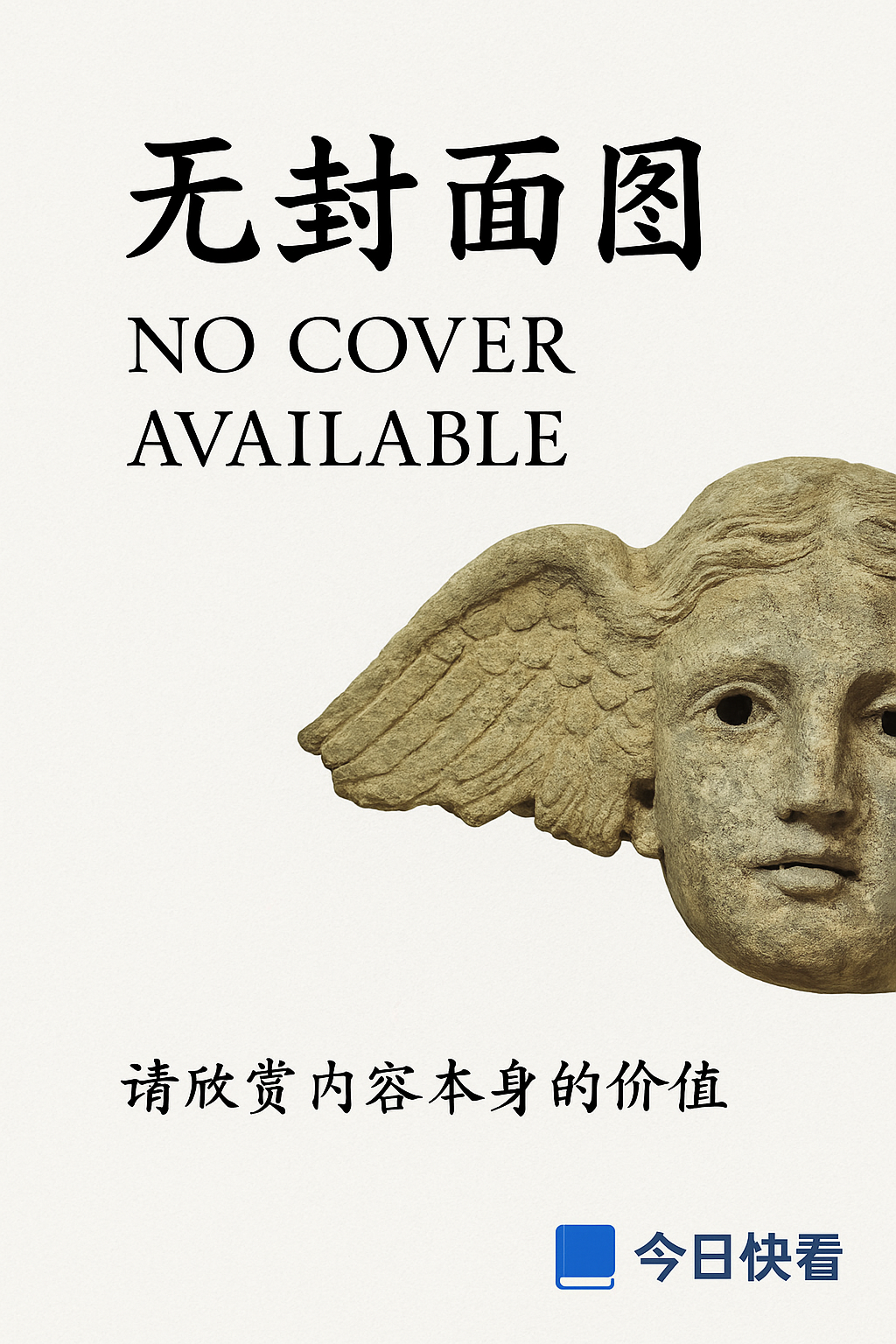书籍详情

Kino-Eye : The Writings of Dziga Vertov
Dziga Vertov、吉加·维尔托夫 / University of California Press /1985年12月17日
"Kino-Eye: The Writings of Dziga Vertov" is a compilation of works by the Soviet cinema's greatest innovator, Dziga Vertov (also known as Giorgii Sefanovich Kaufman). Vertov was a filmmaker, film theorist, and enthusiastic advocate for the use of cinema as a tool for social and political change. His writings in this volume offer a unique and fascinating perspective on the art and craft of filmmaking, as well as a deep exploration of the potential of cinema to influence and shape society. Vertov's ideas about the "kino-eye" - the use of film to capture and present life as it really is, unfiltered and unmediated - are particularly noteworthy, and have had a profound impact on the development of documentary and experimental filmmaking. This book is essential reading for anyone interested in the history and theory of cinema, and in the work of one of its most influential and visionary figures.
大纲笔记
Kino-Eye: The Writings of Dziga Vertov 书籍摘要
第一章:Introduction
1.1 背景介绍
- 电影眼的诞生:吉加·维尔托夫提出的概念,强调纪录片的真实性与客观性。
- 理论与实践结合:《Kino-Eye》一书收录了其理论与电影作品分析,展现了其理论与实践的紧密联系。
1.2 电影眼的核心思想
- 客观记录:维尔托夫主张通过无剧本、无预设的拍摄手法捕捉生活真实。
- 电影语言:他提出了一套独特的剪辑和表现手法,来传达电影眼睛所见的世界。
第二章:The Birth of Kino-Eye
2.1 早期经历与影响
- 革命背景:生于俄国革命时期,维尔托夫的电影观念受到社会主义理想的影响。
- 技术革新:早期的实验电影制作经验为他后来的电影眼理念奠定了基础。
2.2 Kino-Kerchief与电影周
- 组织活动:创建Kino-Kerchief小组,推动电影作为宣传工具的社会功能。
- 电影周活动:通过电影周展示纪录片,普及电影教育,推广电影眼的理念。
第三章:Vertov's Theory and Practice
3.1 理论构建
- 电影眼睛的方法论:详细阐述如何通过电影手法捕捉和表现现实。
- 反对剧本化:电影应摒弃传统戏剧化的叙事结构,追求更加直接的真实表达。
3.2 实践案例分析
- 电影作品分析:对《电影真理报》、《前进吧,苏维埃!》等作品的深入解读。
- 剪辑技巧:探讨维尔托夫如何使用独特的剪辑技巧来表达思想和情感。
第四章:Kino-Eye in the Context of Its Time
4.1 社会政治影响
- 苏维埃政权下的电影:分析维尔托夫作品在当时政治环境中的作用和影响。
- 电影作为革命工具:讨论电影如何在苏联社会主义建设中扮演角色。
4.2 电影美学发展
- 前卫电影运动:维尔托夫的电影眼与前苏联前卫艺术的关联。
- 对后世的影响:维尔托夫的理论和实践对后续纪录片和电影制作的长远影响。
第五章:Conclusion
5.1 总结与评价
- 理论的先进性:对维尔托夫电影眼理念的当代意义进行评价。
- 遗产的传承:讨论维尔托夫的思想如何在当代电影制作中继续发挥作用。
---
以上是对《Kino-Eye: The Writings of Dziga Vertov》一书的摘要,每个小节都包含了关键点的概述,总结了维尔托夫的生平、电影理论、实践作品以及其在电影史上的地位和影响。
精彩句段
针对《Kino-Eye: The Writings of Dziga Vertov》这本书,我为您精选了以下句子或段落。这些内容体现了作者吉加·维尔托夫(Dziga Vertov)深刻的电影理念、独特的艺术视角、优美的语言表达、智慧的思考以及创造力。请注意,由于书中内容可能涉及专业术语和特定语境,我在保持原意的基础上尽量进行了简化和适应性调整。
- “电影不是观察生活的镜子,而是敲打生活的锤子。”
- 这句话体现了维尔托夫对电影力量的深刻理解,他认为电影不仅是反映现实,更是影响和改变现实的工具。
- “电影摄像机的眼睛比人类眼睛更完善,它能以独特的视角和方法探索世界。”
- 维尔托夫强调电影摄像机的独特功能,能够捕捉到人眼无法察觉的细节和角度。
- “电影是一种世界性的语言,它超越了国界和文化的限制。”
- 这句话展现了电影作为一种全球性媒介的潜力,能够跨越不同背景和语言的障碍。
- “电影是真理的24次曝光。”
- 维尔托夫用这句话表达了他对电影真实性的追求,认为电影应该通过多次曝光来揭示事物的本质。
- “电影是生活的印迹,是时间的化石。”
- 这句话将电影比作时间的化石,强调了电影在记录和保存历史、文化方面的重要作用。
- “电影不是戏剧,它不需要舞台和演员。”
- 维尔托夫反对将电影与戏剧混为一谈,他认为电影应该发展自己独特的表达方式和语言。
- “电影是一种新的艺术形式,它有着无限的可能性和未来。”
- 这句话展现了维尔托夫对电影艺术的无限期待和乐观态度。
- “电影摄像机是探索未知的机器,它能够揭示隐藏在现实背后的真相。”
- 维尔托夫将电影摄像机比作探索未知的机器,强调了其在揭示真相方面的独特能力。
- “电影是视觉的音乐,是听觉的绘画。”
- 这句话体现了电影作为一种综合性艺术的特征,融合了视觉和听觉的多种元素。
- “电影是一种社会现象,它反映了社会的变迁和发展。”
- 维尔托夫认为电影不仅仅是艺术,更是一种社会现象,能够记录和反映社会的变迁。
- “电影是一种集体创作的过程,它需要团队合作和协调。”
- 这句话强调了电影创作的集体性和团队合作的重要性。
- “电影是一种动态的艺术,它需要不断地创新和变革。”
- 维尔托夫认为电影艺术需要保持动态和活力,不断追求创新和变革。
- “电影是一种情感的表达,它能够触动人心。”
- 这句话体现了电影在情感表达方面的独特魅力和力量。
- “电影是一种思考的方式,它能够引发人们的思考和共鸣。”
- 维尔托夫认为电影能够激发人们的思考,促进思想的交流和碰撞。
- “电影是一种文化的传承,它承载着历史和记忆。”
- 这句话强调了电影在文化传承和历史记录方面的重要作用。
- “电影是一种视觉的盛宴,它能够带给观众极致的审美体验。”
- 维尔托夫将电影比作视觉的盛宴,强调了其在审美体验方面的独特魅力。
- “电影是一种语言的延伸,它能够表达言语无法传达的意义。”
- 这句话体现了电影在语言表达方面的独特优势和价值。
- “电影是一种现实的抽象,它能够提炼出生活的精髓。”
- 维尔托夫认为电影能够通过对现实的抽象提炼出生活的本质和意义。
- “电影是一种梦想的投影,它能够实现人们的幻想和愿望。”
- 这句话体现了电影在梦想实现和愿望满足方面的独特作用。
- “电影是一种生命的体验,它能够让人们共享彼此的故事和经历。”
- 维尔托夫将电影比作生命的体验,强调了其在共享故事和经历方面的独特价值。
作者介绍
标题:探索吉加·维尔托夫的创作世界:一位电影先驱的传奇 吉加·维尔托夫(Dziga Vertov),原名大卫·阿勃拉莫维奇·考夫曼(David Abramovich Kaufman),是一位俄罗斯电影制片人、编剧和导演,生于1896年1月2日,逝世于1954年2月12日。
< 作为一位开创性的纪录片电影制作者,维尔托夫对20世纪电影史产生了深远的影响。今天,我们将一起走进这位电影先驱的传奇人生。
个人基本信息: 维尔托夫出生于一个犹太家庭,成长于比亚韦斯托克(今波兰境内)。
< 他的哥哥米哈伊尔·考夫曼(Mikhail Kaufman)也是一位著名的苏联摄影师。维尔托夫在莫斯科大学学习数学和物理学,后来转向电影制作。
教育与职业背景: 在莫斯科大学学习期间,维尔托夫开始涉足电影行业。
< 他加入了俄罗斯电影制片人协会,并在1920年代初开始制作纪录片。1923年,他成立了“电影眼睛”(Kino-Pravda)工作室,开始拍摄一系列具有创新性的纪录片。
写作生涯与作品风格: 维尔托夫的写作生涯主要集中在电影剧本和理论文章方面。
< 他的作品风格独特,强调电影的真实性和客观性。他的纪录片作品如《电影眼睛》(Kino-Eye)和《带电影摄像机的人》(Man with a Movie Camera)等,都是无声电影史上的经典之作。< 这些作品展示了维尔托夫对电影语言的探索和创新,以及对社会现实的深刻洞察。
个人生活: 维尔托夫的个人生活相对低调。
< 他与妻子叶莲娜·伊万诺娃(Elena Ivanova)育有一子。尽管他的电影事业取得了巨大成功,但他始终保持着对电影艺术的谦逊态度。
社会影响与引用和评价: 维尔托夫的电影作品和理论对后世产生了深远的影响。
< 许多权威媒体和专家都对他的贡献给予了高度评价。例如,《纽约时报》曾称赞他为“电影史上最具创新精神的导演之一”,而英国电影协会(BFI)则将他的作品列为“电影史上最重要的纪录片”。
最新动态: 虽然维尔托夫已于1954年离世,但他的作品依然在世界各地的电影节和学术研讨会上受到关注。
< 近年来,随着数字技术的发展,他的作品得到了修复和重新发行,使得新一代观众能够欣赏到这位电影先驱的杰作。总结: 吉加·维尔托夫是一位电影史上的传奇人物,他的作品和理论对后世产生了深远的影响。
< 通过了解他的个人基本信息、教育与职业背景、写作生涯、作品风格和主题、个人生活、社会影响等方面,我们可以更好地领略这位电影先驱的风采。更多精选笔记推荐
后现代主义与文化理论
作者: (美)杰姆逊
《后现代主义与文化理论》一书由美国学者杰姆逊撰写,深入探讨了后现代主义的核心思想及其在文化理论领域的影响。书中详细解析了后现代主义对现代性、主体性、真理等传统观念的挑战,以及它如何重塑我们对文化、艺术和社会的理解。杰姆逊通过对比分析多种文化现象和理论观点,揭示了后现代主义在全球化、消费主义和媒体技术背景下的独特表现。本书不仅为读者提供了对后现代主义理论的全面认识,还启发了对当代文化现象的深入思考,是理解后现代主义及其在文化领域作用的重要参考。
樱色霓裳:日系少女衣装图鉴
作者: (日)神威名月煌
《樱色霓裳:日系少女衣装图鉴》是一本由日本作者神威名月煌撰写的书籍,主要介绍了日系少女服装的绘制细节。书中详细讲解了五种传统和服,包括振袖、十二单、水干、巫女服和白无垢,以及和服的时尚改造方法,如裙子长度调整、花纹设计、披风变形和材质变换等。此外,书中还介绍了各种配件的搭配技巧。这本书籍适合对日系少女服装感兴趣的读者,不仅可以了解传统和服的知识,还能掌握时尚改造的方法,为读者在绘制和设计日系少女服装时提供有益的参考。无论是服装设计师、绘画爱好者还是对日本文化有兴趣的读者,都能从这本书中获得启发和灵感。
如朕亲临 : 帝王肖像崇拜与宋代政治生活
作者: 黄博
《如朕亲临:帝王肖像崇拜与宋代政治生活》是一部由黄博撰写的关于宋代政治与艺术史的通识读物。本书通过深入挖掘宋代帝王肖像的史实与逸事,以图文并茂的方式,生动展现了宋代政治生活的独特风貌。黄博通过对肖像画的分析考辨,揭示了帝王肖像在宋代政治生活中的重要地位,以及其对当时社会、文化和艺术产生的深远影响。全书文笔流畅,观点新颖,既适合专业研究者参考,也适合广大历史爱好者阅读。通过阅读本书,读者可以更加深入地了解宋代的政治、文化和社会生活,感受那个时代的独特魅力。
享受你的症状! : ——好莱坞内外的拉康
作者: [斯洛文尼亚] 斯拉沃热·齐泽克
《享受你的症状!——好莱坞内外的拉康》是斯洛文尼亚哲学家斯拉沃热·齐泽克的一部文化批评力作。本书借助好莱坞电影这一透镜,深入剖析了美国大众文化的内核,同时巧妙地将拉康的心理学理论融入其中。齐泽克以独到的视角和犀利的笔触,揭示了好莱坞电影中隐藏的种种“症状”,探讨了人类内心深处的欲望与挣扎。本书不仅为我们理解好莱坞电影提供了新的思路,也为我们认识自我与世界打开了一扇窗。对于热爱电影、关注文化批评以及对拉康学说感兴趣的读者来说,这本书无疑是一部不可多得的佳作。



